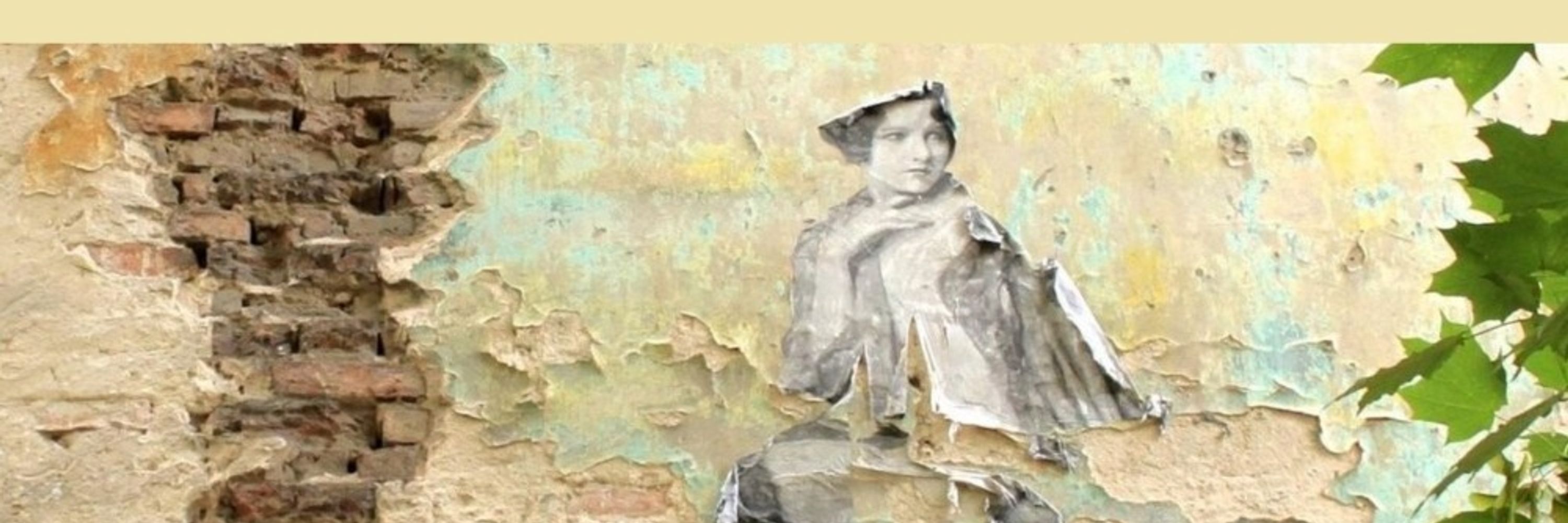
In addition to @caritalindstedt.bsky.social and @abhay-gupta.bsky.social, we also have Nina Gerber on the modelling side and Raphael Ritter on the data collection side, all in all a wonderful cooperation!
In addition to @caritalindstedt.bsky.social and @abhay-gupta.bsky.social, we also have Nina Gerber on the modelling side and Raphael Ritter on the data collection side, all in all a wonderful cooperation!

